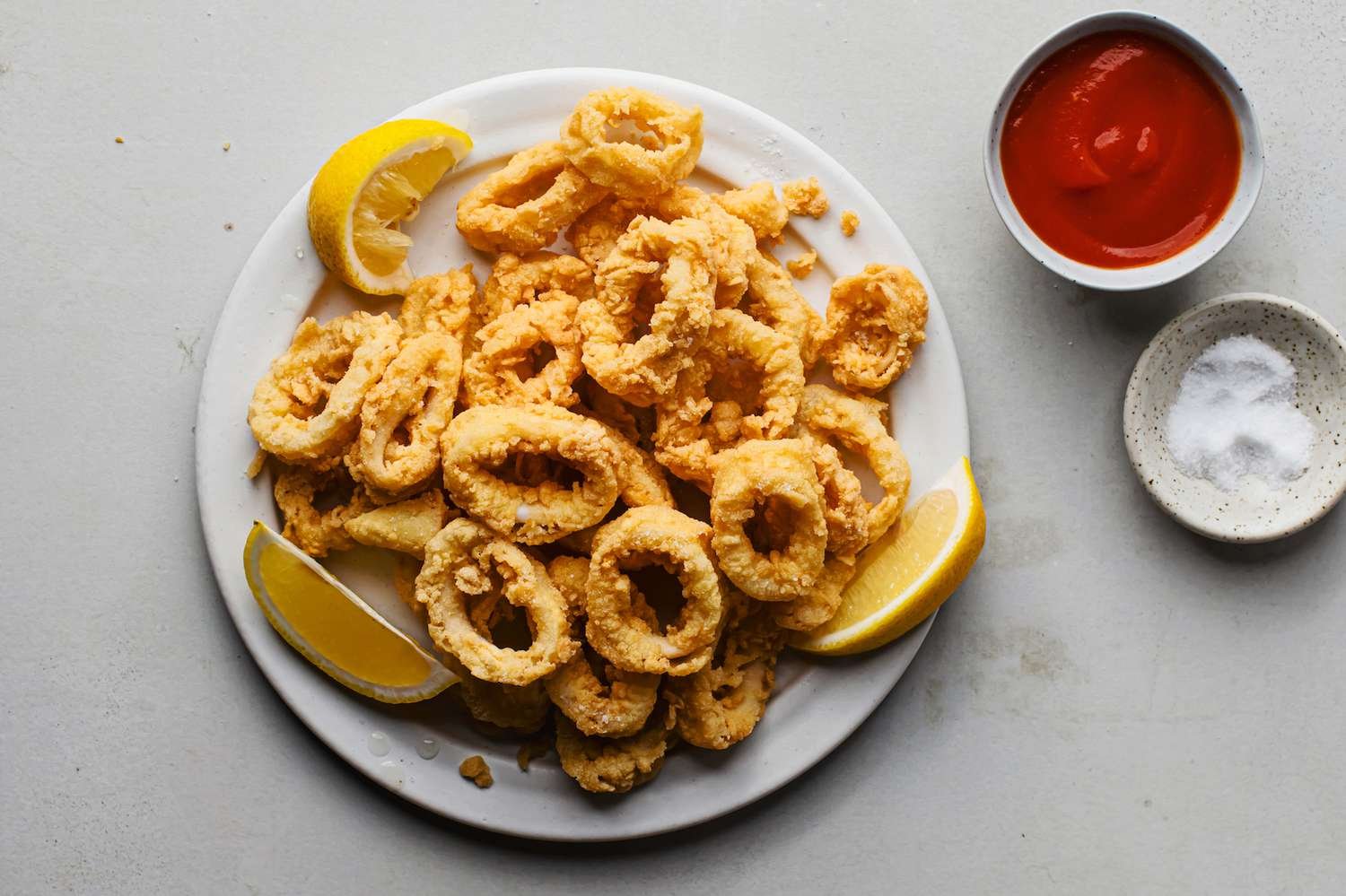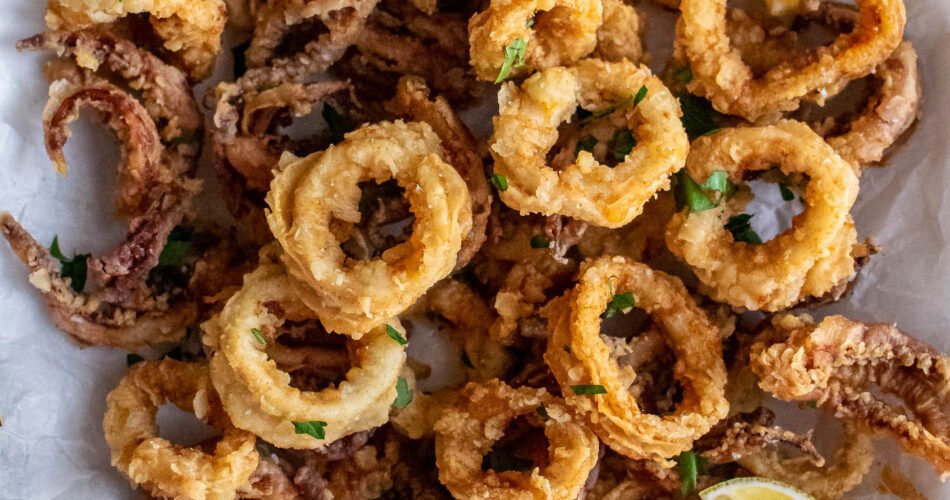What does calamari taste like? It’s a question that often crosses the minds of those who have never had the pleasure of trying this popular seafood. With its increasing popularity, I find myself explaining its taste to curious friends quite frequently.
What Is Calamari?
Calamari is a culinary term for squid, often served as an appetizer or a main dish in many cuisines worldwide. The name “calamari” comes from the Italian word for “squid.” Historically, calamari has been a staple in Mediterranean cooking, with its roots firmly planted in Greek and Italian seafood traditions. The main ingredients in a classic calamari dish typically include squid rings, which can be breaded and fried, sautéed, or grilled, complemented by various seasonings, sauces, and accompaniments.
What Does Calamari Taste Like? The Answer
Calamari tastes like a subtle blend of the ocean with a hint of sweetness, often described as less briny than other shellfish. Its texture is remarkable—tender and slightly chewy when cooked perfectly, becoming tough if overcooked. As someone who has enjoyed calamari in different settings, I’d say that its flavor profile is unique but certainly not overpowering.
Many individuals wonder what calamari tastes like out of pure curiosity. Unlike more common seafood such as shrimp or salmon, calamari’s appearance and texture can appear mysterious to the inexperienced diner. There’s also a buzz around it that intrigues people— the concept of eating squid can be both fascinating and daunting.

Variations in Taste of Calamari
There are noticeable regional differences in calamari recipes that influence its flavor. For example, in Greece, they often serve it grilled with lemon and olive oil, which imparts a distinct, charred taste. It’s common to find calamari fried in a crisp batter in North America, offering a texture contrast between the crunchy exterior and the tender interior. Food & Wine provides various calamari recipes that are sure to cater to any taste preference.
Seasonal variations can also impact the taste of calamari. The squid’s diet changes with the seasons, affecting its flavor profile. During certain times of the year, their taste can be milder or slightly more pronounced.
Specific varieties of Calamari offer unique taste profiles. For instance:
- European Squid: Often found in Mediterranean cuisine, has a slightly more intense flavor.
- Humboldt Squid: Larger and with a firmer texture can be more robust in taste.
- Japanese Flying Squid: Frequently used in sushi, this type tends to be more delicate and sweet.
Nutritional Benefits of Calamari & Impact on Taste
Calamari is not only delicious but also offers numerous health benefits. It’s high in protein, rich in omega-3 fatty acids, and contains vital minerals like zinc and magnesium. In terms of vitamins, it’s an excellent source of Vitamin B12 and selenium. You can explore these benefits further through reputable sources such as Healthline.
The health aspects of calamari might shape the way we perceive its taste. Knowing that it’s a healthier alternative to other fried foods might enhance the psychological enjoyment of its flavor, making us more receptive to its subtle taste nuances.

Calamari in Culinary Uses
Calamari is incredibly versatile in culinary applications. It can be enjoyed as an appetizer, main course, or even as a topping on salads and pizzas. The key to its widespread culinary use lies in its neutral yet distinct flavor which pairs well with a variety of seasoning and cooking methods.
In Italy, for example, calamari might be tossed in marinara sauce and served over pasta. Its delicate flavor is not overpowered by the sauce; rather, it complements it perfectly, bringing an enjoyable sea-savoriness to the dish.
Acquiring and Preparing Calamari
When shopping for calamari, I always look for fresh or properly frozen squid at my local fish market or grocery store. The flesh should be white and firm, with no discoloration. Cleaning and preparing calamari can be an adventure in itself, but many stores offer pre-cleaned options for convenience.
Pairing Calamari with Other Flavors
While calamari has a distinct flavor on its own, it truly shines when paired with complementary or contrasting flavors. Here are some suggested pairings:
- For a classic combination, try calamari with fresh lemon juice and a sprinkle of parsley.
- Pairing it with spicy aioli or marinara sauce adds a robust kick to its mild taste.
- For something more adventurous, serve calamari with a tangy, sweet, and spicy Thai chili sauce.

Recipe: Simple Garlic and Lemon Calamari
To enjoy calamari’s natural flavors, try this simple recipe:
- 1 lb cleaned calamari (tentacles and tubes)
- 2 tablespoons extra virgin olive oil
- 3 garlic cloves, minced
- Zest and juice of one lemon
- Salt and pepper to taste
- Chopped parsley for garnish
Final Words
In conclusion, the flavors of calamari are as intriguing and delightful as they are multifaceted. Tender and subtly sweet, it’s a seafood that adds both taste and texture to any meal. So, what does calamari taste like? It’s a mild oceanic flavor that’s versatile and pairs beautifully with a wide array of ingredients. After trying it in various forms, from crispy fried to tenderly grilled, I have found it to be a delightful treat that satisfies my palette every time. Dive in and discover the tasty truth behind the buzz for yourself.

